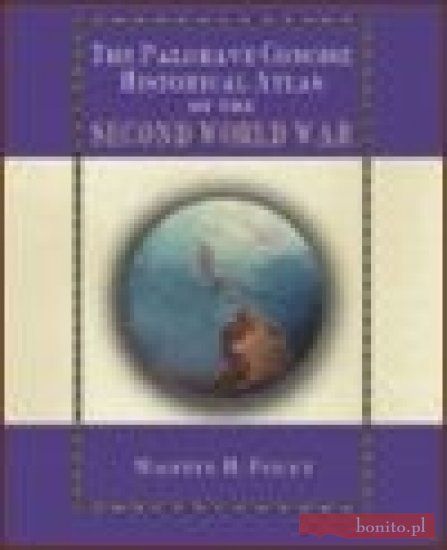
Contents.Contents The atlas consists of 8 volumes:. Archaeological findings, dynasties and (, and )., and dynasties. and., and., and., and.
and.On each map, ancient places and water features are shown in black and blue respectively, superimposed on modern features, borders and claims, shown in brown.All country-wide maps, from onward, include an inset showing the in the.Placenames are given in, though an edition of the atlas published in Hong Kong uses. Reception The Atlas is considered the most authoritative compendium of ancient place names and administrative boundaries, and a tremendous improvement on its predecessor, 's Lidai yudi tu ( Yangtu, 'Yang's atlas', 1906–1911).However, more controversial has been Tan's historical conception:When the Qing dynasty had succeeded in unifying the country by the 1750s. the historical development of several millennia towards establishing China's territorial extent had been completed.
All those nationalities which have lived within that territory are historically Chinese nationalities, and all the political entities established by these nationalities are historical parts of China., p. 245., p. 362. ^, pp. 245–246., p. 22., p. 197., pp. 193–194., p. 246.Works cited. Black, Jeremy (2000), Maps and History: Constructing Images of the Past, Yale University Press,.
Kallio, Jyrki (2011), Finnish Institute of International Affairs,. McColl, R.W. (1992), 'The Historical Atlas of China', The Professional Geographer, 44 (3): 362–363,. Terrill, Ross (2003), The New Chinese Empire, UNSW Press,. Wilkinson, Endymion (2012), Chinese History: A New Manual, Cambridge, MA: Harvard-Yenching Institute; Harvard University Asia Center,.External links.: a project at, Taiwan, based on a vectorization of Tan's atlas.
The Concise Historical Atlas of Canada is a beautiful record of Canada's peoples and development. The book combines text and graphic material to create an extraordinarily rich picture of Canada's past, and presents a splendid visual record of the roots of our society and the evolution of the intensely regional, culturally diverse nation we know today. Based on the best-selling three-volume Historical Atlas of Canada, the Concise distills the best and most important plates into a single, comprehensive, thematically organized volume. It represents more than 20 years of collaborative effort between highly accomplished cartographers and a wide range of scholars.The goal of the Concise Historical Atlas of Canada is simple: to summarize Canadian history from prehistory through to the latter part of the twentieth century. To accomplish this goal, the editors selected 67 plates from the nearly 200 plates found in the full set. Each plate is a double-page spread of maps, graphics, legends, and text on a single subject or theme, and is accompanied by a bibliographical note at the end of the volume. Collectively, the plates represent both the crucial events and the continuity of life that made Canada.
The editors intend their selection to mirror the social and economic experiences of ordinary people more than the political and military activities associated with individual heroes.While the plates selected from the full three-volume set are used without modification, the Concise Historical Atlas of Canada follows its own organizational structure. Plates have been grouped under three headings: 'National Perspectives,' 'Defining Episodes,' and 'Regional Patterns,' each with a new introductory essay.
General Almanac
'National Perspectives' gives overarching views of the land mass and the process of nation building. Among the topics covered are prehistoric and Native Canada, exploration, the establishment of boundaries, settlement and population patterns, and the development of transportation, urbanization, the economy, and society. 'Defining Episodes' refers to important historical events such as dramatic migrations, wars, and depressions - turning points of national importance. 'Regional Patterns' focuses on smaller parts of the Canadian experience, presents specific case studies of historical trends, and considers events and developments in greater detail over limited periods.The Concise Historical Atlas of Canada is a unique tribute to our history and a significant contribution to Canadians' understanding of one another. It provides a comprehensive overview of the life of ordinary people, one that can as usefully be read for pleasure as for research. Fully cross-referenced, it also serves as a guide to the three-volume set enabling readers to pursue topics of special interest in greater depth.
Palgrave Concise Historical Atlas Of Eastern Europe
DEAN is Professor Emeritus, Department of Geography, University of Toronto. He has been the director of the Atlas project since its formal beginning in 1979. CONRAD HEIDENREICH is a professor in the Department of Geography, York University. He was a member of the editorial board for volume I of the Historical Atlas of Canada. MCILWRAITH is a professor, Department of Geography at Erindale College, University of Toronto. He is a member of the original Organizing Committee and served as co-ordinator for the concise edition.
Online Historical Atlas
He is the author of Looking for Old Ontario.